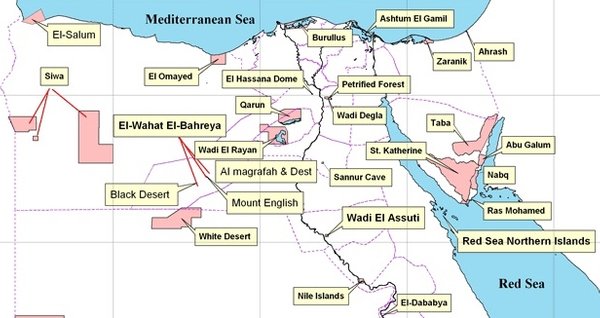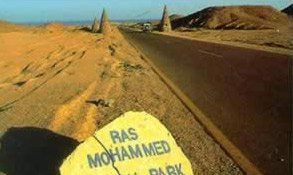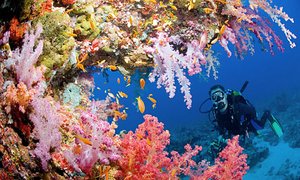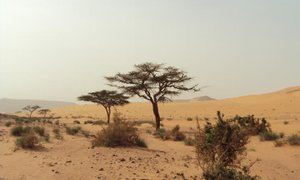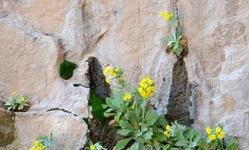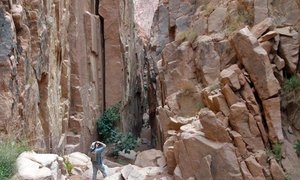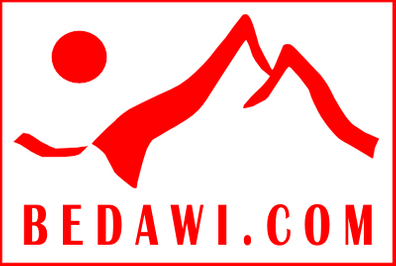"See how nature grows in silence; see how the stars, the moon and the sun move in silence.
We need silence to be able to feed our souls."
Protected Areas in Egypt are for the most part a relatively new, but rapidly growing development. Since the passage of the relevant Law 102 in 1983, twenty-seven protected areas have been declared and Egypt intends to expand to 40 areas by 2017.
Sinai has 7 protected areas of which 5 are located in South Sinai. The first and thus oldest is the National Park Ras Mohamed and the Nabq, Abu Galum, St. Katherine and Taba protectorates.
In many Protected Areas, the infrastructure is in place to receive visitors, while in others it is in the process of being set up.
The most popular occupations are diving in the Red Sea to explore the spectacular reef systems and to do desert nature treks with a local Bedouin guide. Because of its generally dry hot climate and arid terrain much of the fauna and flora is adapted to the desert and often hard to find, so the visitor may be excused for thinking that the desert is deserted but this is indeed very far from the case!
Protected areas focus on cultural heritage, biodiversity, outstanding development of these fragile habitats is high.
The problems facing our eco systems and natural heritage are becoming more challenging. With the increase in the Egyptian population (now estimated close to 90 million people), pressure on natural resources is greater than ever before.
Some of Sinai's protected areas are very remote and thus receive very few visitors, while others receive many visitors who may not even know that they have visited one of Egypt's protected areas...
Within the protectorates it is illegal:
- To move or remove any object, stones, rocks, shells, etc.
- To disturb or harm animals, birds, fish, corals or other marine life.
- To cut or uproot plants or trees.
- To write, paint or carve grafitti.
Offenders are subject to prosecution according to the terms of Law 102 of 1983.
Local people and their cultures, together with the potential utility for eco-tourism are important aspects of the protected areas and also need to be protected.
Many people in South Sinai depend on tourism, if not the majority, for their income. However, as more tourists visit areas of special natural or cultural interest they place great, sometimes unsustainable, stress on these sites.
These, environments are more susceptible to stress than those of many other countries so the need for promoting sustainable development is very high.
You can make the difference
◊ Respect the areas religious and historical importance, the local Bedouin, their culture and traditions.
◊ Dress covered and behave responsible.
◊ Request permission to local people before you take a picture of them or film them.
◊ Carry your litter out with you, burry your bodily waste and always burn your toilet paper.
(If you use wet toiletpaper or tissues do NOT leave these in the areas but take them out with the rubbish.
They do not degrade and like plastic, they smutter and kill the plants.)
◊ Not contaminate or overuse water sources.
◊ Please note that everything plays a vital role in this ecosystem.
◊ Walking or hiking without a local guide is not allowed.
Thank you for your cooperation
